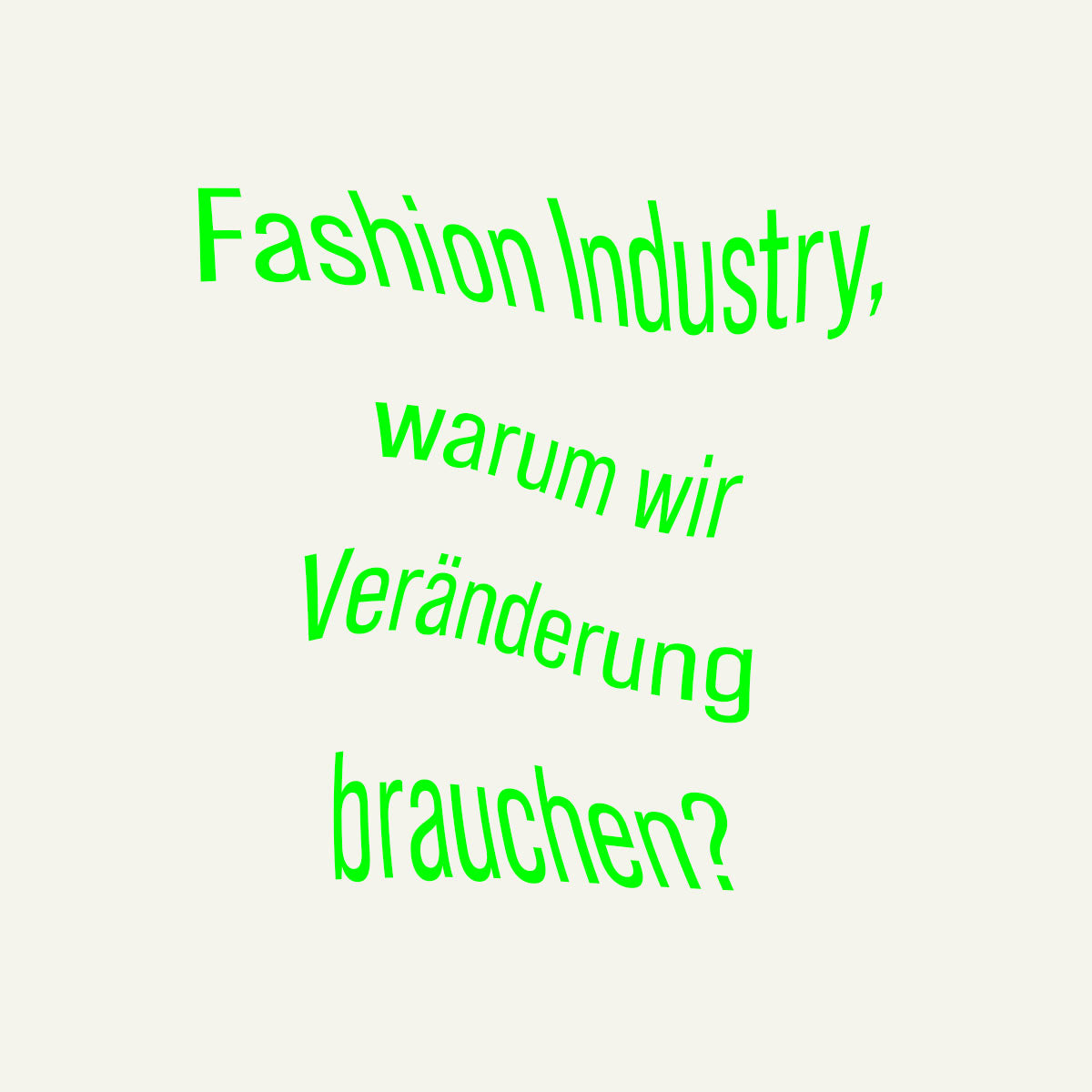
Reading time: 2-3 min.

Photo by Jingwen Yang (pexels.com)
Clothing and textiles have become indispensable for all of us. They are part of our everyday lives and their applications go far beyond our clothing. We come across textiles when we sit on our sofa, when we look around in our car and we can use textiles to sew up wounds in our bodies. Sounds wonderful at first. Materials that make our lives easier and are so versatile. However, the textile and clothing industry has many downsides. It is responsible for a large amount of waste, emissions, water consumption and pollution.
KEY FACTS
The impact of textiles on our environment is evident in various ways. The textile and clothing industry used around 79 billion cubic meters of water in 2015 alone. Around 2,700 liters of water are used to produce a cotton T-shirt, which would be enough drinking water for one person for two and a half years. Washing synthetic clothing releases around 0.5 million tons of microfibers into the oceans every year, which is around 35% of the primary microplastics released into the environment. In addition, around 20% of global water pollution is caused by the finishing and dyeing of textiles.
Overall, the entire fashion industry causes around 10% of total CO2 emissions worldwide. This corresponds to more emissions than international aviation and maritime shipping combined. (Source: European Parliament)

Photo by Stijn Dijkstra (pexels.com)
In addition, the purchase of textiles in the EU alone in 2017 resulted in around 654 kg of CO2 emissions per person . Consumption by humans has also changed significantly. Since 1996, the amount of clothing per person in the EU has increased by 40%, which is due to the reduction in clothing prices. On average, clothing itself is disposed of much more often than donated. Some of the used clothing can be shipped out of the EU, but around 87% of it is either incinerated or ends up in landfills. Less than 1% of clothing is recycled worldwide and thus used to make new clothing. (Source: European Parliament)

Photo by Tom Fisk (pexels.com)
Therefore, our principle is to produce clothing that does not release microplastics into the environment and to promote the rebirth of clothing.
For this reason, a mixture of micromodal and pollutant-free, degradable elastane is used for the collection. In addition, the REBORN COLLECTION uses items of clothing that are given a new life. These are integrated back into the cycle using the principle of "upcycling".
There are some things that are going wrong in the textile and clothing industry that need to be improved. That's why we are working to make this world a better place. ☺
BY MERRIT MIELKE
Source:
European Parliament, available at: https://www.europarl.europa.eu/news/de/headlines/society/20201208STO93327/umweltauswirkungen-von-textilproduktion-und-abfallen-infografik , last accessed: 25.05.2022
